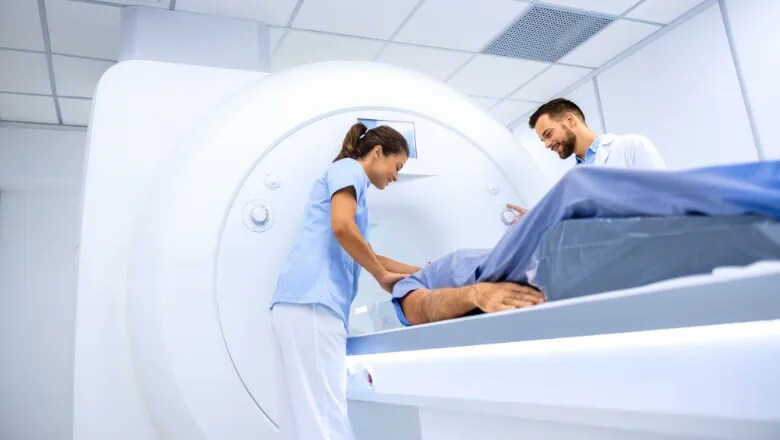THE LATEST
Breakthrough in superconducting magnet development unleashes new possibilities through AI

A team of scientists from King's College London and research institutions in Japan has achieved a breakthrough in superconducting magnet technology. They have created the world's strongest iron-based superconducting magnet, which has potential applications in magnetic resonance imaging (MRI) machines and electrified transport systems.
This development promises to make superconducting magnet technology more affordable and widely available. It could lead to the creation of smaller and lighter MRI machines as well as find applications in electric aircraft and nuclear fusion, revolutionizing medical imaging and transportation technology.
Dr. Mark Ainslie of the King's Department of Engineering led the research. The team used artificial intelligence (AI) and machine learning (ML) to develop a cost-effective and powerful iron-based superconducting magnet. This breakthrough could enable the development of more compact and efficient devices while reducing manufacturing costs.
Dr. Ainslie highlighted the impact of this advancement, explaining that superconducting magnets are essential for imaging cancers with MRI machines and will be vital for electric aircraft and nuclear fusion. However, traditional copper-based wire superconductors are costly. The team's use of ML has led to a scalable, cost-effective alternative using iron, offering flexibility and potential for industrial implementation.
The researchers employed a new machine learning system called BOXVIA to optimize and fabricate superconductors. This system has streamlined the superconductor creation process in the laboratory, significantly reducing the time required for designing and testing new superconductors.
Additionally, scientists have unveiled a paradigm shift in the microscopic structure of the superconductors produced by AI. These samples exhibited a distinctive nanostructure composition characterized by a wide range of iron-based crystals, a departure from the uniform structure pursued by human researchers.
This achievement represents a milestone in superconducting magnet technology, driven by the integration of AI, machine learning, and scientific inquiry. The implications of diagnostic imaging, transportation, and future technological advancements are set to revolutionize various industries and transform the course of superconducting magnet research and development.
